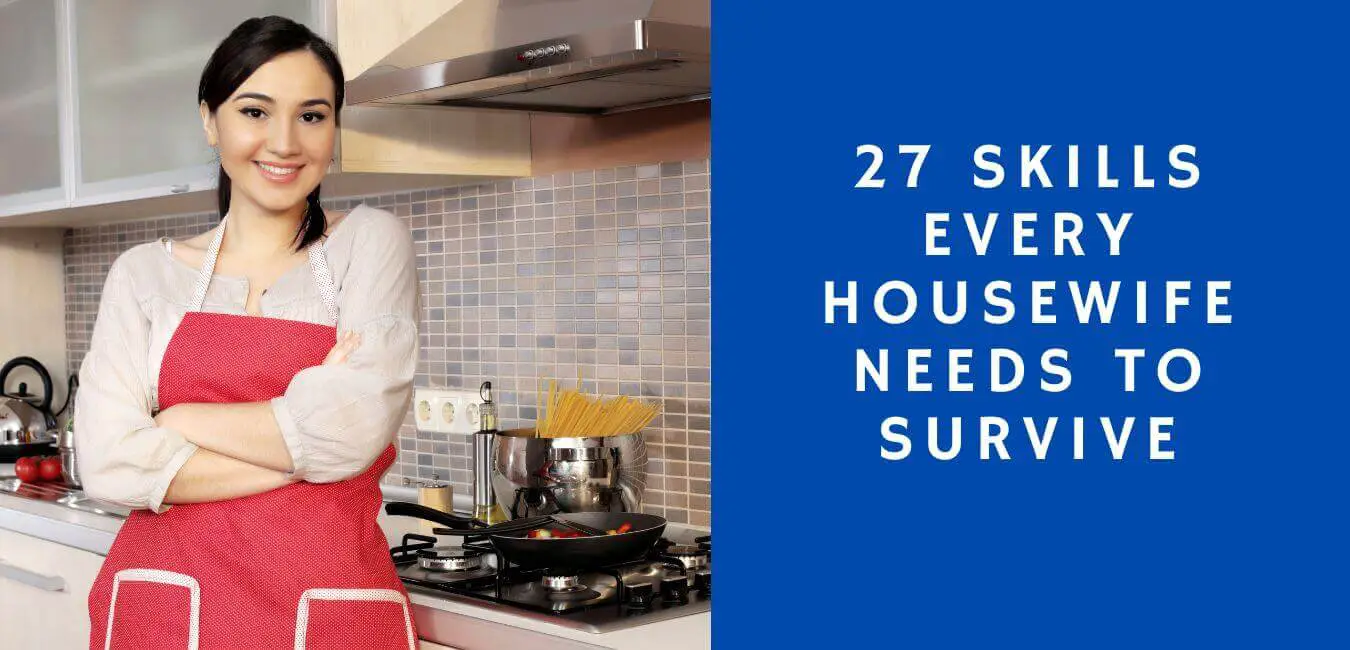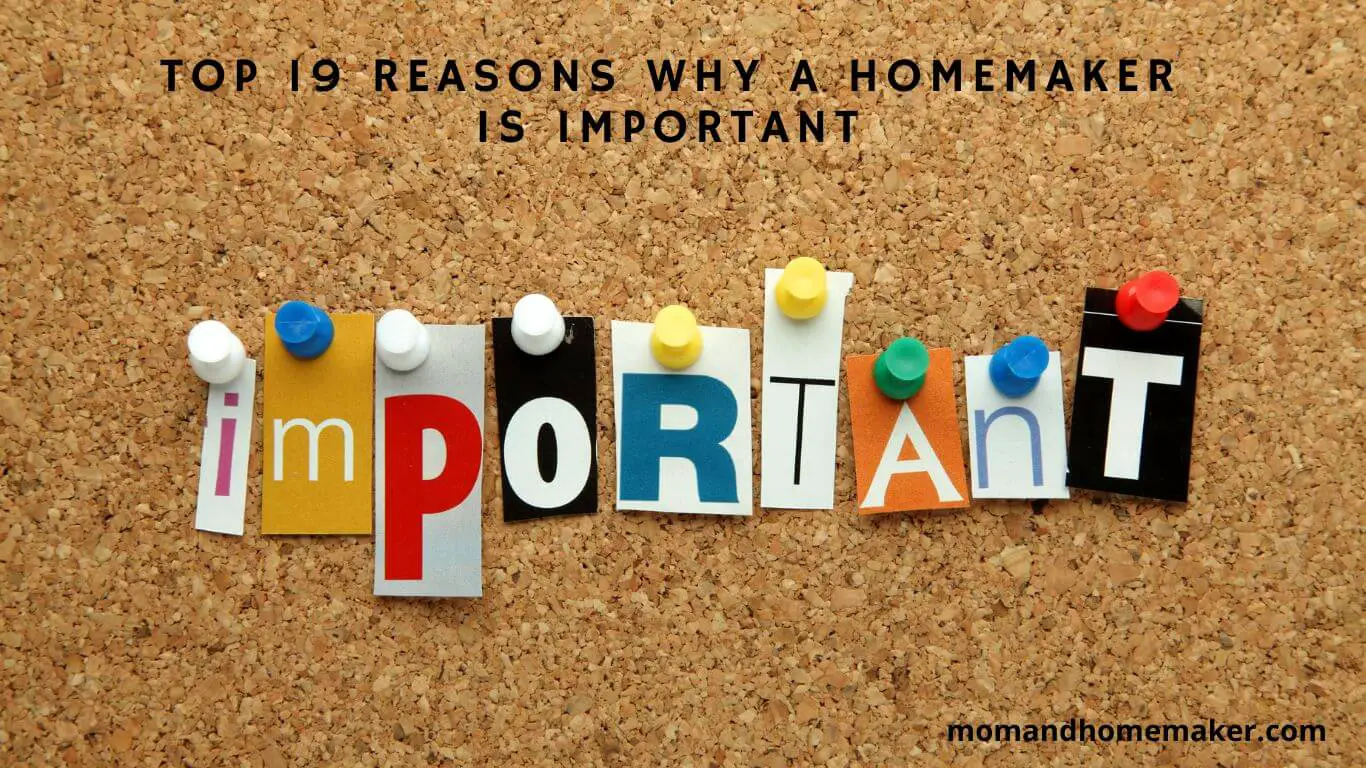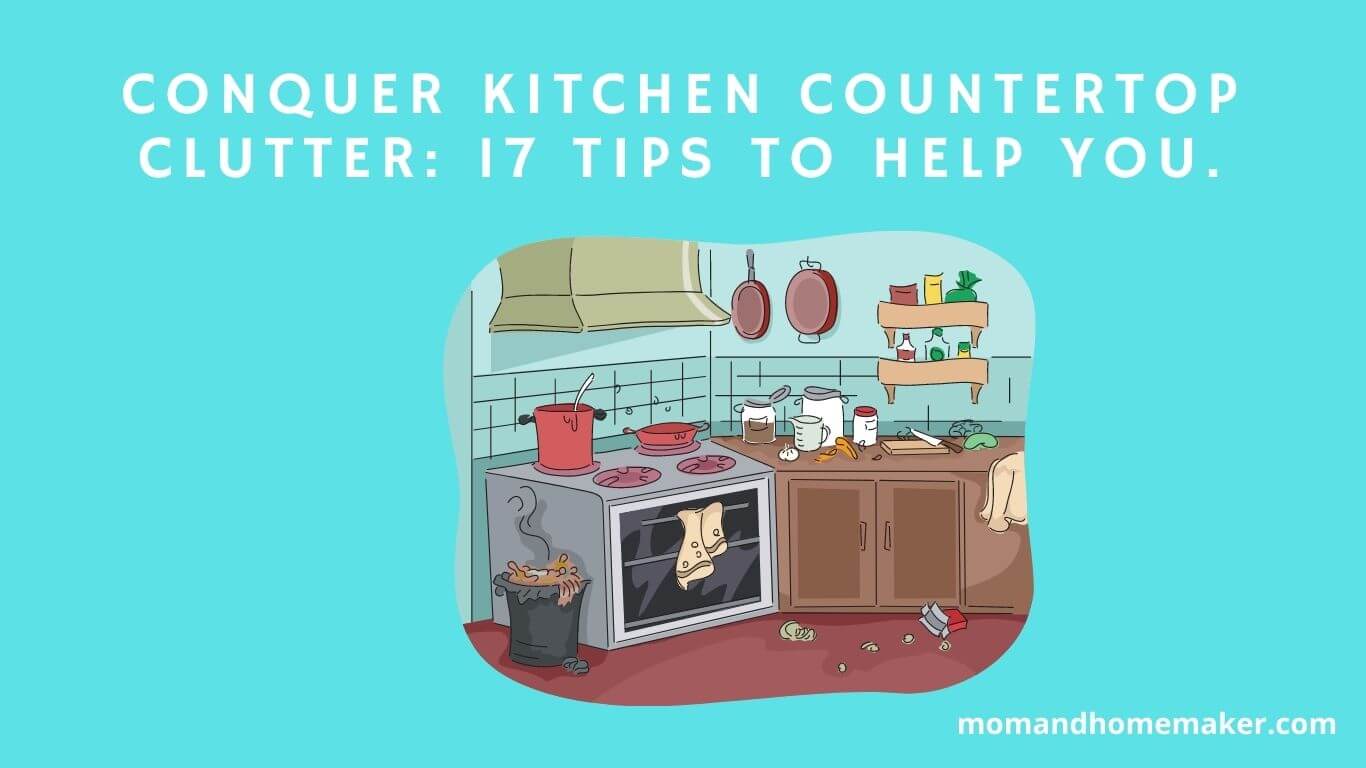Keeping kids’ toys organized in a small space can be a real challenge. As a parent, I know firsthand the struggle of finding room for all the toys while still maintaining a tidy and functional living area.
Maximizing vertical space is also key. Install wall-mounted shelves or use hanging organizers to make the most of the available area. This not only frees up valuable floor space but also adds a visually appealing element to the room.
When it comes to organizing toys, it’s crucial to involve your kids in the process. Teach them to sort and categorize their toys, making it easier for them to find what they’re looking for and encouraging responsibility for their belongings.
By following these simple yet effective strategies, you can create a clutter-free environment that allows your kids to play and explore without the chaos.
Evaluate Available Storage Options

To effectively organize the storage in my small space, I’ll use a combination of shelves, bins, and hanging organizers.
I’ll opt for storage bins that are easily accessible and capable of holding various toys. For smaller toys, toy caddies are ideal for keeping them organized. Additionally, toy organizers with multiple compartments can be used to sort different types of toys.
To maximize space, I’ll make use of closet storage by installing hanging organizers inside the closet. This won’t only neatly store the toys but also keep them out of sight.
Another option for storing larger toys is a toy chest, which can also serve as seating or decorative pieces.
Maximize Vertical Space With Shelving
To maximize the limited space in my small area, I’ll incorporate shelving to make the most of the vertical space. By installing shelves that go up the walls, I can create additional storage options for my kids’ toys. These shelves are versatile and can hold various items, such as hanging planters, floating shelves, drawer dividers, pegboard organizers, and magnetic storage strips.
Let’s take a closer look at the different types of shelving options available:
- Hanging planters: These are perfect for storing small toys or art supplies.
- Floating shelves: They provide a modern and minimalistic look while keeping toys organized.
- Drawer dividers: Ideal for separating small toys or art materials.
- Pegboard organizers: These are versatile and customizable, allowing you to hang and store toys of various sizes.
- Magnetic storage strips: Great for holding metal toys, such as cars or building blocks.
Utilize Under-Bed Storage Solutions
To optimize storage space in my small area, I’ll explore the potential of using under-bed storage solutions. Maximizing every inch is crucial when organizing small spaces.
Under-bed storage offers a creative toy storage solution that keeps the room tidy and maximizes space. By utilizing this hidden storage option, I can save valuable floor space while providing a designated area for my kids’ toys.
There are various space-saving toy storage options available, such as under-bed bins, rolling drawers, or built-in drawers. These solutions help me keep the toys neatly organized and easily accessible, making cleanup a breeze.
With these creative ideas, I can efficiently utilize the under-bed space and keep my small area clutter-free.
Invest in Multi-Functional Furniture
Investing in multi-functional furniture is a great way to maximize storage options in a small space. Not only will it provide storage for your kids’ toys, but it will also help save valuable space.
For example, a storage ottoman can serve as a seating area while also providing storage for toys inside. Another option is a bookshelf with built-in storage bins, allowing you to easily organize toys by category. Clear bins are particularly useful as they allow you to see the contents without having to open them.
You can also get creative with toy storage solutions by using hanging organizers or utilizing the space under tables.
Utilize Wall-Mounted Storage Solutions
To maximize storage capacity in my small space, I found that wall-mounted storage solutions were extremely helpful.
By using wall-mounted hooks, hanging baskets, floating shelves, magnetic strips, and pegboards, I was able to keep my kids’ toys organized and easily accessible.
The wall-mounted hooks were perfect for hanging up larger toys or bags to store smaller items.
Hanging baskets worked well for holding stuffed animals and soft toys, while floating shelves provide a convenient display for books or small figurines.
Magnetic strips were great for holding metal toys or art supplies, and pegboards were ideal for organizing and displaying smaller toys like cars or action figures.
These wall-mounted storage solutions not only freed up valuable floor space but also kept all of my kids’ toys in order.
Use Clear Bins or Baskets for Easy Visibility

When organizing my kids’ toys in a small space, I found that using clear bins or baskets for easy visibility was incredibly helpful. Instead of rummaging through multiple containers, the clear bins or baskets allowed me to quickly see what toys were inside.
This simple method of organization kept the play area neat, making it easier for my kids to find and put away their toys.
Let me share with you four reasons why using clear bins or baskets for easy visibility is a great solution for toy organization in a small space.
Clear bins or baskets make it simple to group similar toys. Whether it’s dolls, cars, or building blocks, organizing toys by category becomes a breeze. You can easily see which bin contains which type of toy, making cleanup and playtime more efficient.
Clear bins or baskets allow for easy sorting of toys by size. By separating toys based on their size, you can ensure that larger toys don’t take up unnecessary space. This helps maximize the storage capacity in your small space, making room for more toys without creating clutter.
Consider using stackable storage containers. Clear bins or baskets that are stackable are a game-changer when it comes to maximizing vertical space. By stacking them up, you can make the most of your storage areas and keep everything organized and easily accessible.
Lastly, clear bins or baskets are perfect for creating a toy rotation schedule. By rotating toys, you can keep playtime fresh and exciting while minimizing clutter. With clear bins, you can easily see which toys are currently in rotation and which ones can be swapped out.
This not only keeps the play area organized but also helps stimulate your child’s imagination with a variety of toys.
Beyond the organizational benefits, using clear bins or baskets for toy organization promotes independence and responsibility in your children.
By designating specific storage areas for each child, they can easily find and return their toys on their own. This fosters a sense of ownership and teaches them valuable life skills.
Implement a Rotating Toy System
Implementing a toy rotation system is crucial for keeping my kids’ toys organized in our small space. Toy rotation has numerous benefits, including managing toy clutter and maximizing playtime and creativity.
When toys are rotated, my children always get excited to rediscover their ‘new’ toys, which keeps them engaged and entertained. To organize our small playroom, I created a rotating toy system using clear bins. I divided the toys into categories like building blocks, dolls, and puzzles.
Each week, I swapped out the bins, introducing a fresh set of toys for my kids to explore. This not only maintained an organized toy system but also eliminated the overwhelming feeling of having too many toys.
Here are some tips for maintaining an organized toy system:
- Maximize playtime and creativity
- Use clear bins or baskets for easy visibility
- Reduce toy clutter
- Implement a rotating toy system
- Utilize vertical space for toy storage
Create Designated Play Zones
Creating designated play zones is crucial for optimizing space and promoting organization in a small play area. By dividing the play area into separate zones, you can maximize the available space and provide a more enjoyable play experience for your children. Here are four practical tips to help you create play zones at home:
- Consider the playroom layout: Take a close look at the available space and think about how you can make the most of it. Utilize corners, walls, and vertical storage to create distinct areas for different types of toys.
- Implement toy organization strategies: Invest in storage solutions like bins, baskets, and shelves to keep toys organized within each play zone. Labeling containers can also help children easily find and tidy up their toys.
- Enjoy the benefits of designated play areas: By creating specific zones, children can focus on one type of play at a time, fostering engagement and imagination. Moreover, cleanup becomes easier as every toy has a designated spot to return to.
- Make the most of limited space: If you’re dealing with limited space, consider using multipurpose furniture or wall-mounted storage options. Utilize under-bed storage or hanging organizers to maximize every inch of space available.
Teach Kids to Clean up After Themselves

Teaching children to clean up after themselves is a simple yet effective way to maintain an organized play area, especially in small spaces. By instilling a sense of responsibility in them, they’ll learn the importance of tidiness and develop good habits for the future.
To make cleaning up more manageable for kids, here are a few organizing tips and decluttering methods:
- First, assign age-appropriate tasks to your children, such as picking up their toys or organizing their books. This teaches them responsibility and gives them a sense of ownership over their belongings. Instead of using a reward system, you can offer small incentives or rewards for completing their tasks. This can motivate them to clean up and make the process more enjoyable.
- In addition, setting a specific time for clean-up each day can help teach children about time management and establish a routine. For example, you can designate 10 minutes before bedtime as the clean-up time. This way, they learn to allocate time for tidying up and understand the importance of maintaining order.
By incorporating these strategies, you create a positive environment that encourages children to take responsibility for their play area. Not only does this help keep the space organized, but it also develops essential life skills that they can carry into adulthood.
Use Labels or Color-Coded Systems
Using labels or color-coded systems can be a practical and effective way to organize your kids’ toys, especially in small spaces. Here are some straightforward tips to help you get started:
- Toy inventory: Start by taking stock of your children’s toys and categorizing them based on type or theme. This will give you a clear idea of how to label and organize them effectively.
- Toy rotation: Consider implementing a toy rotation system where you periodically switch out toys to keep things fresh and minimize clutter. Label storage bins with the rotation schedule to make the process easier.
- Toy donation: Use labels or color-coded tags to identify toys that your children have outgrown or no longer play with. This will serve as a reminder to donate them to a local charity or pass them on to other families in need.
- Toy storage hacks: Labels can be a great way to designate specific storage areas for different types of toys. This makes it easier for children to find what they need and encourages them to put things away properly.
Utilize Over-The-Door Organizers
Using an over-the-door organizer is a practical solution for maximizing storage space in a small area for my kids’ toys. It keeps the toys organized, allows for easy access, and keeps the floor clear. You can use an over-the-door organizer in various spaces throughout the house, such as the pantry, bathroom, kitchen, or closet.
It’s a versatile storage solution that can accommodate different types of toys and keep them within reach. Here is a table showcasing the different uses of an over-the-door organizer:
| Space | Use |
|---|---|
| Pantry | Pantry organization |
| Bathroom | Bathroom storage |
| Kitchen | Kitchen organization |
| Closet | Closet organization |
Utilize Hanging Storage Solutions
To optimize the storage space in a small area, incorporating hanging storage solutions for kids’ toys is a great idea. Here are four alternatives that can help organize toys in limited space:
- Hanging baskets: Use hanging baskets with compartments to store small toys like action figures or building blocks. Hang them on the wall or from a closet rod for easy access.
- Hanging shoe organizers: Repurpose a hanging shoe organizer by using the pockets to store smaller toys, such as dolls or stuffed animals. Hang it on the back of a door or a closet rod.
- Hanging toy hammocks: Install a toy hammock in a corner or along a wall to hold stuffed animals or soft toys. It’s a creative toy storage idea that keeps toys off the floor.
- Hanging storage bags: Hang storage bags with hooks or adhesive strips to store larger toys like puzzles or board games. These bags can be easily hung on walls or behind doors.
Incorporating these hanging storage solutions maximizes space and keeps kids’ toys organized in a small area. It’s a practical and efficient way to declutter and create a tidy play space for children.
Utilize Storage Ottomans or Benches
If you’re looking to maximize storage space in a small area, consider incorporating storage ottomans or benches. These furniture pieces not only provide seating but also have hidden storage compartments, making them perfect for organizing kids’ toys.
With ottoman storage or bench organization, you can easily keep toys out of sight while still keeping them accessible. You can even implement toy rotation by switching out a selection of toys every few weeks, which not only helps with organization but also promotes creativity and imagination.
By utilizing toy storage solutions like ottomans or benches, you can efficiently manage small space organization and create a clutter-free environment for your little ones.
Here are some pros and cons of using storage ottomans or benches:
Pros:
- Hidden storage compartments
- Doubles as seating
- Versatile and customizable
- Easy for kids to access
- Keeps toys organized and out of sight
Cons:
- Limited storage capacity
- Requires extra floor space
- May not fit larger toys
- Can be expensive
- Requires regular decluttering
Consider these factors when deciding if storage ottomans or benches are the right choice for your storage needs.
Conclusion
Now that you have learned practical ways to keep your kids’ toys organized in a small space, you can create a toy paradise even in the tiniest of areas. By utilizing clever storage solutions and a touch of creativity, you can transform a shoebox-sized space into a wonderland for toys.
This is important because it allows your little ones to enjoy their toys in an organized manner, striking the perfect balance between order and chaos, just like parenting itself.
One suggestion is to use clear plastic bins or baskets to store different types of toys. For example, you can assign one bin for stuffed animals, another for building blocks, and so on. This not only keeps everything organized but also makes it easier for your children to find and put away their toys. Using labels or picture tags on the bins can help young children identify where each toy belongs.
Another idea is to utilize vertical space by installing shelves or hanging organizers on the walls. This maximizes storage capacity without taking up valuable floor space. You can use these shelves to display books and small figurines, or even incorporate colorful storage boxes to add a pop of color to the room.
Furthermore, consider implementing a rotation system for toys. Instead of having all toys accessible at once, you can put some away and periodically switch them out. This not only helps to reduce clutter but also keeps your children excited and engaged with their toys. You can store the unused toys in labeled bins or even in a closet, ensuring they’re easily accessible for future rotations.
Lastly, involving your children in the organization process can be a fun and educational activity. Encourage them to sort and categorize their toys, teaching them valuable skills like decision-making and responsibility. Make it a habit to clean up together at the end of each day, instilling good habits and maintaining a tidy play area.
By implementing these strategies, you can create an organized and functional space for your children’s toys, even in a small area. Remember, the key is to simplify and streamline the process while keeping it engaging for your little ones. Happy organizing!












